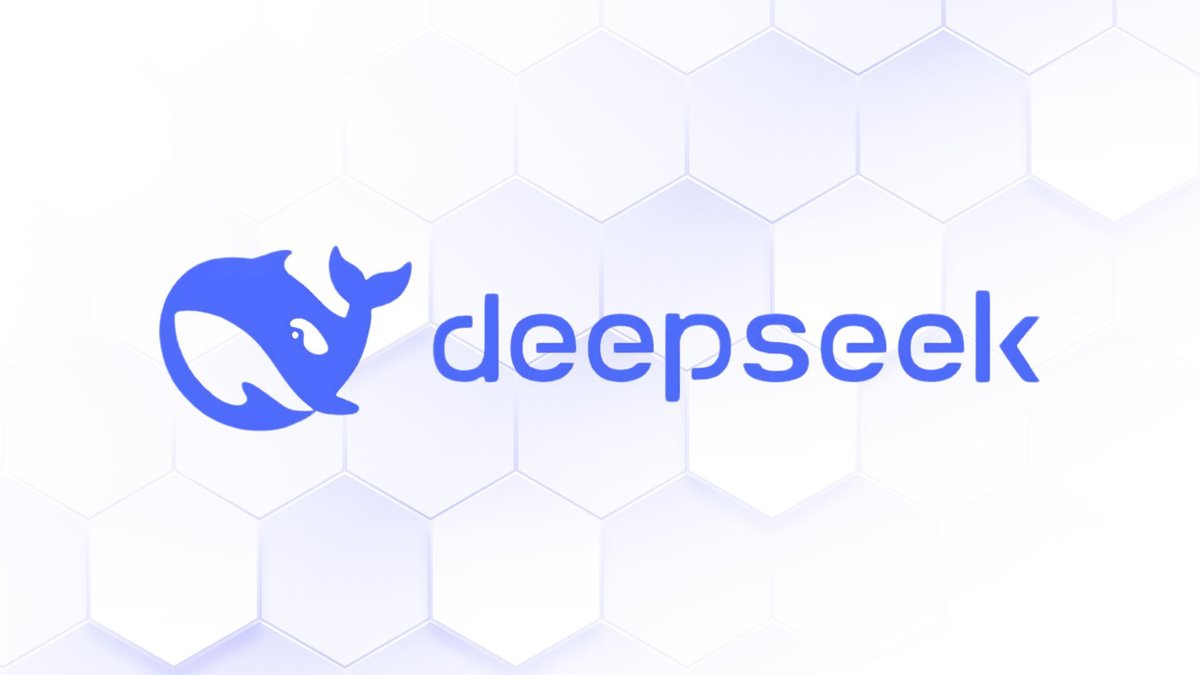Introduction: What Is Artificial Intelligence (AI)?
Have you ever wondered if machines could one day think, feel, or even surpass humans in intelligence? Artificial Intelligence (AI) is transforming the world around us, from automating simple tasks to powering self-driving cars. But, one of the most significant questions that arise in the AI debate is: Can AI take over human intelligence? AI refers to the capability of machines to simulate human intelligence, which involves problem-solving, learning, and decision-making. While AI is still far from replicating the full range of human cognitive abilities, its rapid development and expanding capabilities raise concerns about its future role in human life.
In this blog post, we’ll explore the evolution of AI, compare it with human intelligence, discuss the potential for AI to surpass human intelligence, and consider how AI can enhance our capabilities rather than replace them.
The Evolution of Artificial Intelligence
AI has come a long way since its inception, evolving from simple rule-based systems to sophisticated algorithms that can perform tasks like diagnosing diseases, composing music, and even writing articles. Let’s dive into its journey and see how AI has transformed from a concept into a powerful force that’s shaping various aspects of our lives today.
Early Beginnings of AI
The roots of AI can be traced back to the mid-20th century, when the idea of machines replicating human thought first began to take shape. Two of the key figures in early AI development were Alan Turing and John McCarthy. Turing, often referred to as the father of modern computing, proposed the idea of a machine that could mimic human thought processes through the “Turing Test.” Introduced in 1950, the Turing Test was designed to measure a machine’s ability to exhibit intelligent behavior indistinguishable from that of a human.
Though early AI systems were basic, consisting mainly of mathematical algorithms and logical systems, they set the stage for future breakthroughs. These systems were limited in their capabilities, and while they could solve problems in defined areas, they were nowhere near the level of sophistication we see today. Early AI was rule-based—programmed with fixed instructions and not capable of learning or adapting to new situations on its own. Still, it was a crucial starting point that would fuel the development of AI techniques we rely on now, like machine learning and neural networks.
AI Today: A Growing Field
Fast forward to today, and AI has blossomed into a vast, evolving field with countless applications that are integrated into our everyday lives. One of the most transformative developments in AI over the past two decades has been the rise of machine learning—a subset of AI where algorithms allow systems to learn from data, make decisions, and improve over time without explicit human intervention. This ability to “learn” is what separates modern AI from its predecessors.
AI technologies now power a wide variety of systems we use daily, many of which you might not even notice. For example, facial recognition software, used to unlock smartphones or tag people in photos, relies on deep learning algorithms, a type of AI that mimics the human brain’s structure to recognize patterns. AI is also responsible for the personalized recommendations you see on platforms like Netflix, Spotify, and Amazon. These systems analyze your preferences, behaviors, and patterns of activity to suggest movies, music, and products you might like.
Even more sophisticated applications of AI are now commonplace. In healthcare, AI is assisting doctors in diagnosing diseases by analyzing medical images or predicting patient outcomes based on large datasets. In finance, AI is used to detect fraud by analyzing transaction patterns and identifying unusual activities. In the field of autonomous vehicles, AI plays a central role in powering self-driving cars, processing massive amounts of data from sensors and cameras in real-time to navigate the world safely.
AI is no longer just a futuristic concept confined to sci-fi movies or academic research—it’s a powerful tool already embedded in many aspects of our lives, and it’s only going to grow more advanced as time progresses. From chatbots that assist customer service to AI-driven personal assistants like Siri or Alexa, the field of AI is quickly expanding its reach, and we’re only scratching the surface of its potential.
As AI continues to advance, the next steps could involve even more remarkable capabilities—such as machines that can understand context, make complex decisions in real-time, and maybe even mimic human emotional intelligence. The evolving landscape of AI technology holds exciting prospects, but also some significant challenges, which we will explore in the following sections of this article.
AI’s journey is far from over, and its integration into various industries is sure to reshape the future of work, education, healthcare, and beyond. Whether AI will eventually reach the point where it can outperform human intelligence is still uncertain, but the path it’s taking is undeniable—transforming not only industries but also the way we interact with technology on a daily basis.
Defining Human Intelligence
Before we discuss whether AI can surpass human intelligence, it’s essential to understand what makes human intelligence so unique.
What Makes Human Intelligence Unique?
Human intelligence is deeply rooted in our ability to reason, solve problems, and adapt to new situations. However, it is not just about processing information. Humans have a remarkable capacity for empathy, creativity, and emotional understanding—abilities that are complex and not easily replicated by machines.
Emotional Intelligence and Cognitive Flexibility
Humans are incredibly adaptive, able to change their behavior based on emotional insights and complex social interactions. This emotional intelligence, combined with cognitive flexibility—the ability to switch between tasks or think about problems in new ways—sets us apart from machines. AI, at least for now, lacks this ability to perceive, process, and understand emotions the way humans do.
AI vs. Human Intelligence: Key Differences
While AI is impressive in many ways, it still differs vastly from human intelligence.
The Processing Power of AI
AI can process enormous amounts of data quickly and accurately, making it excel in specific tasks such as analyzing large data sets, recognizing patterns, and making predictions. However, it lacks the ability to think critically or form insights from ambiguous or incomplete information in the way humans can.
AI’s Limitations in Creativity and Emotional Depth
AI can generate art, music, and even mimic human conversations, but its creativity is limited to patterns in the data it’s trained on. Unlike humans, AI does not have original thoughts, nor does it experience emotions. While AI may seem “intelligent” on the surface, its ability to create new, truly innovative concepts remains constrained.
| Aspect | AI | Human Intelligence |
|---|---|---|
| Processing Power | High, processes vast amounts of data quickly | Moderate, processes smaller amounts but with greater understanding |
| Critical Thinking | Lacks deep understanding, relies on patterns | Capable of deep analysis and insight from ambiguous information |
| Creativity | Limited to trained data, cannot create original ideas | Highly creative, generates new and original ideas |
| Emotional Intelligence | No emotional understanding | Has emotional depth, can empathize and connect with others |
| Learning Flexibility | Can learn from data but lacks true flexible learning | Highly adaptable, learns flexibly from various experiences |
| Adaptability | Follows predefined algorithms, lacks true adaptability | Can adjust thinking and behavior based on new experiences and emotions |
Can AI Surpass Human Intelligence?
The Concept of Artificial General Intelligence (AGI)
When discussing AI taking over human intelligence, the concept of Artificial General Intelligence (AGI) arises. AGI refers to a machine’s ability to perform any intellectual task that a human can do. It is a far more advanced form of AI than the narrow, specialized systems we have today.
Will AI Ever Achieve AGI?
The development of AGI remains a subject of much debate. Some experts believe it’s only a matter of time before machines become truly autonomous and capable of human-like cognition. Others argue that significant barriers—such as the lack of consciousness and emotions—will prevent AI from achieving full human-like intelligence.
The Roadblocks to AGI
Despite the impressive advancements in AI, there are several roadblocks to creating AGI. One major challenge is the need for machines to possess common sense, something that humans take for granted but which remains elusive for AI. Furthermore, AI systems lack subjective experience, meaning they don’t “feel” the world the way humans do, making them fundamentally different in nature.
AI’s Role in Enhancing Human Intelligence
Instead of replacing human intelligence, AI may serve as a tool to enhance it. Let’s explore how AI can collaborate with humans to achieve greater intelligence.
Collaborative Intelligence: Humans and AI Working Together
AI can assist in many fields by automating repetitive tasks and providing valuable insights. This collaboration between humans and AI, known as “augmented intelligence,” is where the real potential lies. By combining the strengths of human creativity and emotional intelligence with AI’s data-processing power, we can achieve breakthroughs in science, medicine, education, and more.
AI as a Tool for Improving Human Cognition
AI-powered tools can help individuals improve their cognitive abilities. For example, AI can enhance learning experiences through personalized tutoring systems or help individuals make smarter decisions by analyzing large volumes of data. AI doesn’t have to replace human intelligence—it can be a valuable partner in amplifying our abilities.
Ethical Considerations in AI Development
As AI continues to evolve, ethical considerations become increasingly important.
The Risk of AI Taking Over Jobs
One of the biggest concerns surrounding AI is its potential to replace human workers, particularly in industries like manufacturing, transportation, and customer service. While AI can perform repetitive tasks more efficiently than humans, we must ensure that it doesn’t lead to widespread unemployment or inequality.
Ensuring Ethical AI Development
It’s essential to develop AI responsibly, ensuring it benefits society as a whole. This involves creating ethical guidelines for AI development, such as transparency, fairness, and accountability. It also means ensuring that AI systems are designed to complement human intelligence, rather than replace it.
The Future of AI and Human Intelligence
AI is poised to play a crucial role in shaping the future of various industries, from healthcare to finance and beyond.
AI’s Potential in Various Industries
AI holds incredible promise in improving industries like healthcare, where it can assist doctors in diagnosing diseases and developing personalized treatment plans. In the automotive industry, AI will drive the development of self-driving cars. The possibilities are endless, but they must be carefully managed.
How AI Will Shape the Future of Work and Education
AI will likely reshape the workforce, creating new opportunities while eliminating some jobs. However, by integrating AI into education and training programs, individuals can acquire the skills needed to thrive in an AI-powered world. It will be up to governments, businesses, and individuals to navigate this transformation responsibly.
Conclusion: Will AI Take Over Human Intelligence?
In conclusion, AI will not fully take over human intelligence in the foreseeable future. While AI will undoubtedly continue to evolve and perform increasingly sophisticated tasks, it lacks the emotional depth, creativity, and critical thinking that define human intelligence. However, when used responsibly, AI can enhance human abilities, making us more efficient and capable. The future lies in collaboration, where AI acts as a tool to amplify human intelligence rather than replace it.
Read Also What Are the Best AI Writing Tools for Bloggers Today?
1. What is Artificial Intelligence (AI)?
Artificial Intelligence refers to the simulation of human intelligence in machines that are programmed to think and learn. These machines can perform tasks that typically require human intelligence, such as problem-solving, learning, and decision-making.
2. How does AI compare to human intelligence?
AI is designed to process vast amounts of data and perform specific tasks with precision, but it lacks human traits such as emotional intelligence, creativity, and adaptability. While AI can excel in certain areas, it does not replicate the full range of human cognitive abilities.
3. Can AI replace humans in the workforce?
AI has the potential to automate many tasks, particularly repetitive or data-heavy jobs. However, it is unlikely to replace humans entirely, especially in roles that require creativity, emotional intelligence, and complex decision-making.
4. What are the risks of AI taking over human intelligence?
The primary risks include job displacement, privacy concerns, and the possibility of AI being used unethically. It’s important to regulate AI development to ensure it benefits society and does not lead to harm.
5. How can AI be used to improve human intelligence?
AI can enhance human intelligence by automating tasks, providing personalized learning experiences, and offering data-driven insights that improve decision-making. It can act as a tool to support and amplify human cognition, rather than replacing it.




